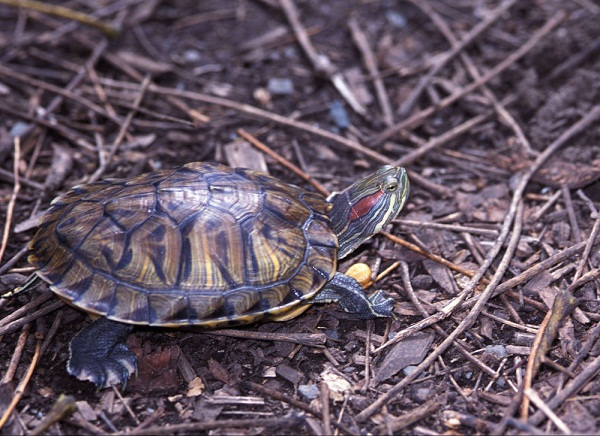


The impact of the increased number of male turtles on the population is uncertain. All of those characteristics are different in male and female turtles. This clutch is laid when soil temperatures are relatively low, explaining the male bias in newly recruited turtles. The best way to determine the gender of a red eared slider is by looking at the length of its claws, the shape of the shell, the length of the tail, the position of the cloaca, and the shape of the snout. Females are laying an extra clutch, which accounts for the increased recruitment. The red-eared slider is a medium-sized to large-sized freshwater turtle with origins in the southeastern United States. A period of warming at the site has allowed females to lay more eggs by lengthening the nesting season. Climatic warming may have led to the current male bias. Recruitment more than doubled between 20, and these turtles were strongly male biased. Large cohorts of newly recruited males seem to underlie the increasing male bias. You can expect your female slider to lay as many as 5 clusters of eggs every year. Both males and females show an increase in the number of turtles in the smaller plastron length increments (males < 142 mm females < 171 mm.

We found that sex ratios were initially balanced but became progressively more male biased with the passage of time. A female red-eared slider usually lays 2 to 30 eggs per clutch. Sex ratios for hatchlings and adult turtles collected in aquatic habitats were examined for red-eared sliders ( Trachemys scripta elegans) collected at Long Lake in west-central Illinois.


 0 kommentar(er)
0 kommentar(er)
